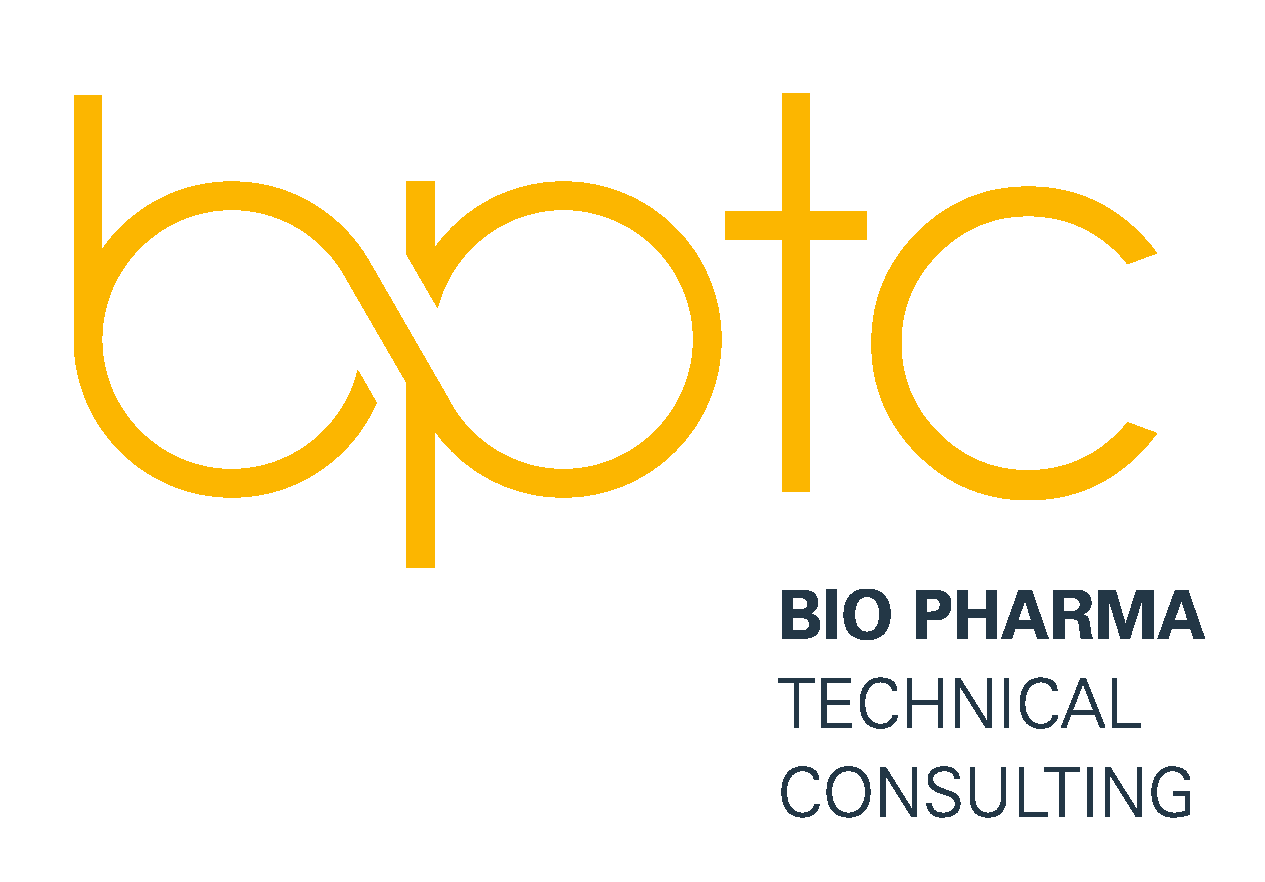

Biopharma process development comprises the activities that help you create a series of steps to produce a biomolecule – a monoclonal antibody (mAb), recombinant protein, viral vector, or other product that comes from a biological origin.
Bioprocess development is often divided into upstream process development and downstream process development. Those activities must be combined with the right analytics, so you can accurately measure what you’ve identified as your product’s critical quality attributes (CQAs) as you develop and refine your processes.
Process development activities will vary by your type of biomolecule, as well as the stage of the drug development process you are in – preclinical, early clinical (Phase I/Phase II), or late clinical (Phase III/Phase IV). Regulatory requirements will guide many of these activities
Comprises the workflow from cell line development to a developed bioreactor process prior to the harvest and purification steps. Cell line development (CLD) is a critical activity in biologic manufacturing processes (exception: in autologous cell therapy, where the starting material comes from the patient’s own cells). Advances in CLD have helped to increase titer and allow process developers to move molecules into the clinic faster. Different therapeutics might use different host cell lines, but in all cases a single clone is required for a biopharmaceutical process.
Refers to the recovery and purification of the target molecule after the upstream process. It includes harvest, purification, and viral clearance steps.
Different and multiple steps are usually arranged and/or combined to purify the product of interest. Tools and process conditions (i.e., the critical process parameters, or CPPs) are defined during downstream process development.
The objective is to find the appropriate balance between yield and quality (i.e., the critical quality attributes [CQAs]).

Critical quality attributes (CQAs) are key to regulatory compliance. A CQA is defined in ICH Q8 as the property or characteristic that defines the quality of the product. Regulators also need information on data for CQAs in the process to ensure that process steps work as intended. You need to start with CQAs that characterize the biological function of the molecule. Examples include receptor binding affinities and correct glycosylation. In general, biologics ― viruses, mAbs, cells (for cell therapies), antibody-drug conjugates (ADCs), viruses, and more ― are large, complex molecules that require robust and reliable methods to analyze and characterize them in depth.
Process development activities will vary by your type of biomolecule, as well as the stage of the drug development process you are in.
With 20+ years in Biologics, our expertise will provide guidance on how best to deliver your Upstream/Downstream Process